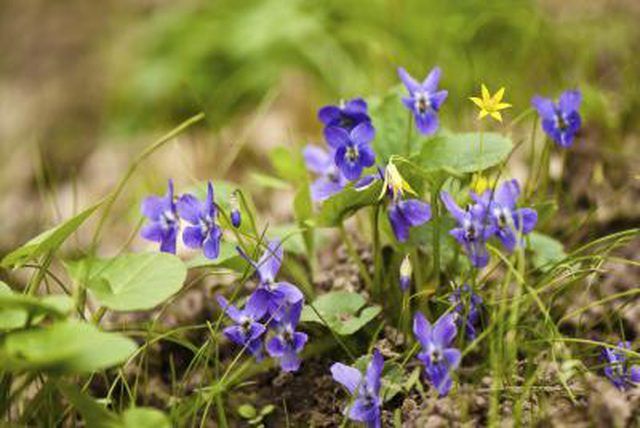Bulbs
Flower Basics
Flower Beds & Specialty Gardens
Flower Garden
Garden Furniture
Garden Gnomes
Garden Seeds
Garden Sheds
Garden Statues
Garden Tools & Supplies
Gardening Basics
Green & Organic
Groundcovers & Vines
Growing Annuals
Growing Basil
Growing Beans
Growing Berries
Growing Blueberries
Growing Cactus
Growing Corn
Growing Cotton
Growing Edibles
Growing Flowers
Growing Garlic
Growing Grapes
Growing Grass
Growing Herbs
Growing Jasmine
Growing Mint
Growing Mushrooms
Orchids
Growing Peanuts
Growing Perennials
Growing Plants
Growing Rosemary
Growing Roses
Growing Strawberries
Growing Sunflowers
Growing Thyme
Growing Tomatoes
Growing Tulips
Growing Vegetables
Herb Basics
Herb Garden
Indoor Growing
Landscaping Basics
Landscaping Patios
Landscaping Plants
Landscaping Shrubs
Landscaping Trees
Landscaping Walks & Pathways
Lawn Basics
Lawn Maintenance
Lawn Mowers
Lawn Ornaments
Lawn Planting
Lawn Tools
Outdoor Growing
Overall Landscape Planning
Pests, Weeds & Problems
Plant Basics
Rock Garden
Rose Garden
Shrubs
Soil
Specialty Gardens
Trees
Vegetable Garden
Yard Maintenance
How to Kill Wild Violets in Lawns
How to Kill Wild Violets in Lawns. The violet, blue or white blossoms of the wild violet (Viola sororia), also known as the common violet, sand violet and Viola papilionacea, spread across the lawn, marring the expanse of green perfection. Removing wild violets from lawns in U.S. Department of Agriculture plant hardiness zones 3 through 9 is...

The violet, blue or white blossoms of the wild violet (Viola sororia), also known as the common violet, sand violet and Viola papilionacea, spread across the lawn, marring the expanse of green perfection. Removing wild violets from lawns in U.S. Department of Agriculture plant hardiness zones 3 through 9 is difficult. The plants rapidly resprout from the roots after herbicide treatments; killing wild violets is a process that requires persistence by the homeowner.
Protect Yourself
No matter which method of wild violet eradication you select, protect your skin, eyes and lungs before beginning to work. Shoes, long sleeves, long pants, gloves, safety goggles and a dust mask protect you from dirt, debris and chemicals. After working in the garden, wash thoroughly with soap and water. Also wash your clothing as soon as possible, especially if you've been spraying herbicides.
Dig Them Up
Wild violets spread by seeds and thick, underground roots called rhizomes. If you only have a few wild violets appearing in the lawn, use a spade or shovel to dig up the entire plant. Transplant the violets in shady locations where other plants won't grow or dispose of them in the trash. Fill the hole with potting soil and add grass seed to quickly fill in the bare spots in your landscape. Keep the newly seeded area moist until the grass is fully established.
Homemade Solutions
While less effective than chemical options, spot-treating violets with a homemade solution of vinegar, salt and dishwashing liquid may have some success if you're persistent. One gallon of horticultural-strength vinegar mixed with 1 cup of salt and 1 tablespoon of dish-washing liquid, then sprayed directly onto the violet plants will kill the foliage. Generally, this solution won't kill the roots, so the treatment must be repeated as the violets regrow. In addition, horticultural or 10- to 20-percent-strength vinegar is an acid that can severely damage your eyes and skin. Finally, the solution is nonselective and kills all the foliage it touches -- including the grass.
Chemical Controls
Wild violets should be treated in the fall, when the plants are actively growing and air temperatures are less than 90 degrees Fahrenheit. Among the more effective chemical treatments are triclopyr products and combinations of 2,4-D, MCPP and dicamba. Mix 2 to 4 tablespoons of the herbicide concentrate with 1 gallon of water to treat 400 square feet of lawn. Adding 1/2 ounce of a spreader sticker product to 1 gallon of herbicide helps it stick to the waxy leaves of the violet, improving the herbicide's effectiveness. Soak the leaves of the plants using a spray bottle, or use a tank sprayer to treat the entire lawn according to the manufacturer's directions. Repeat the treatment in 10 to 14 days.